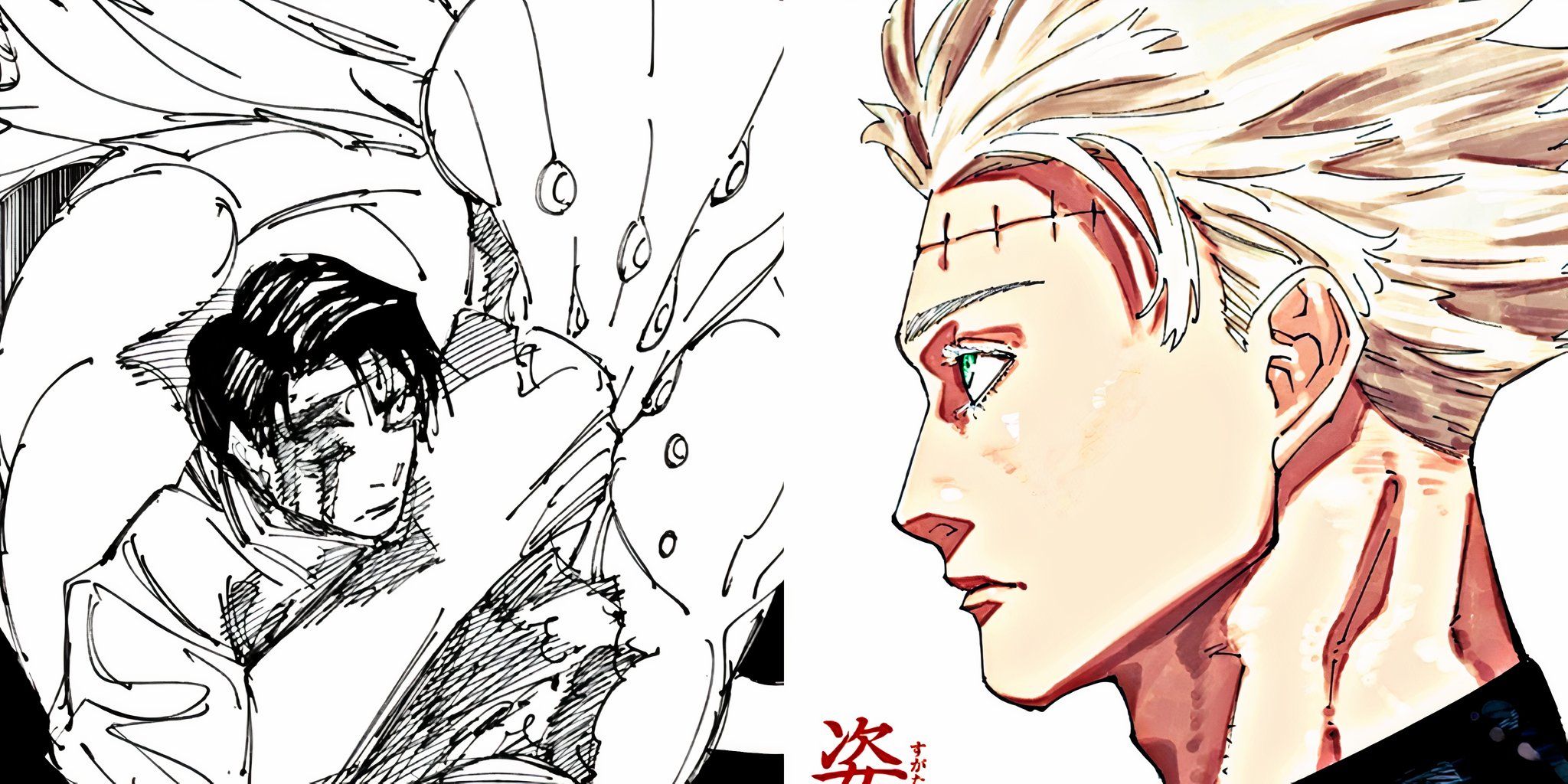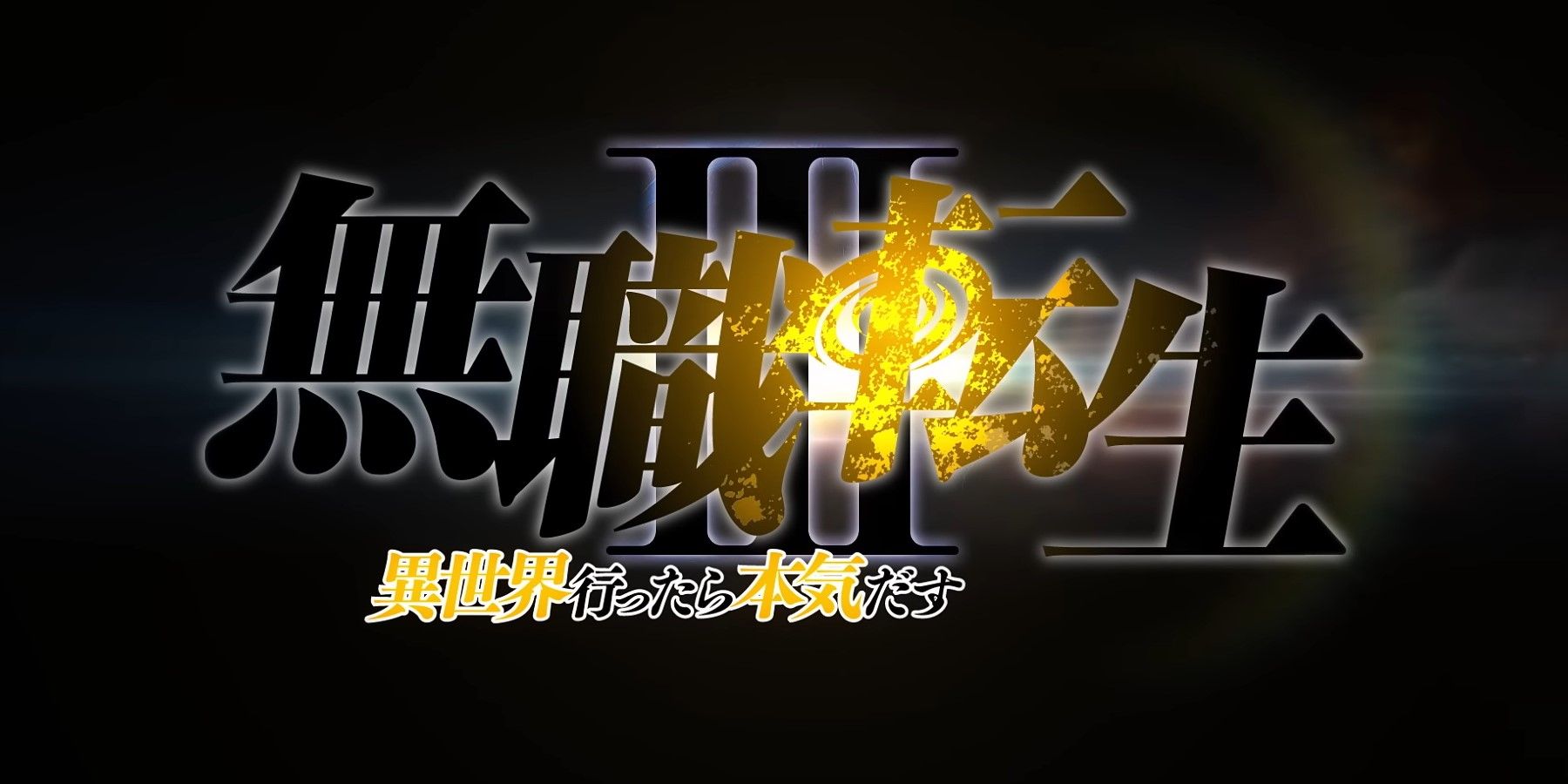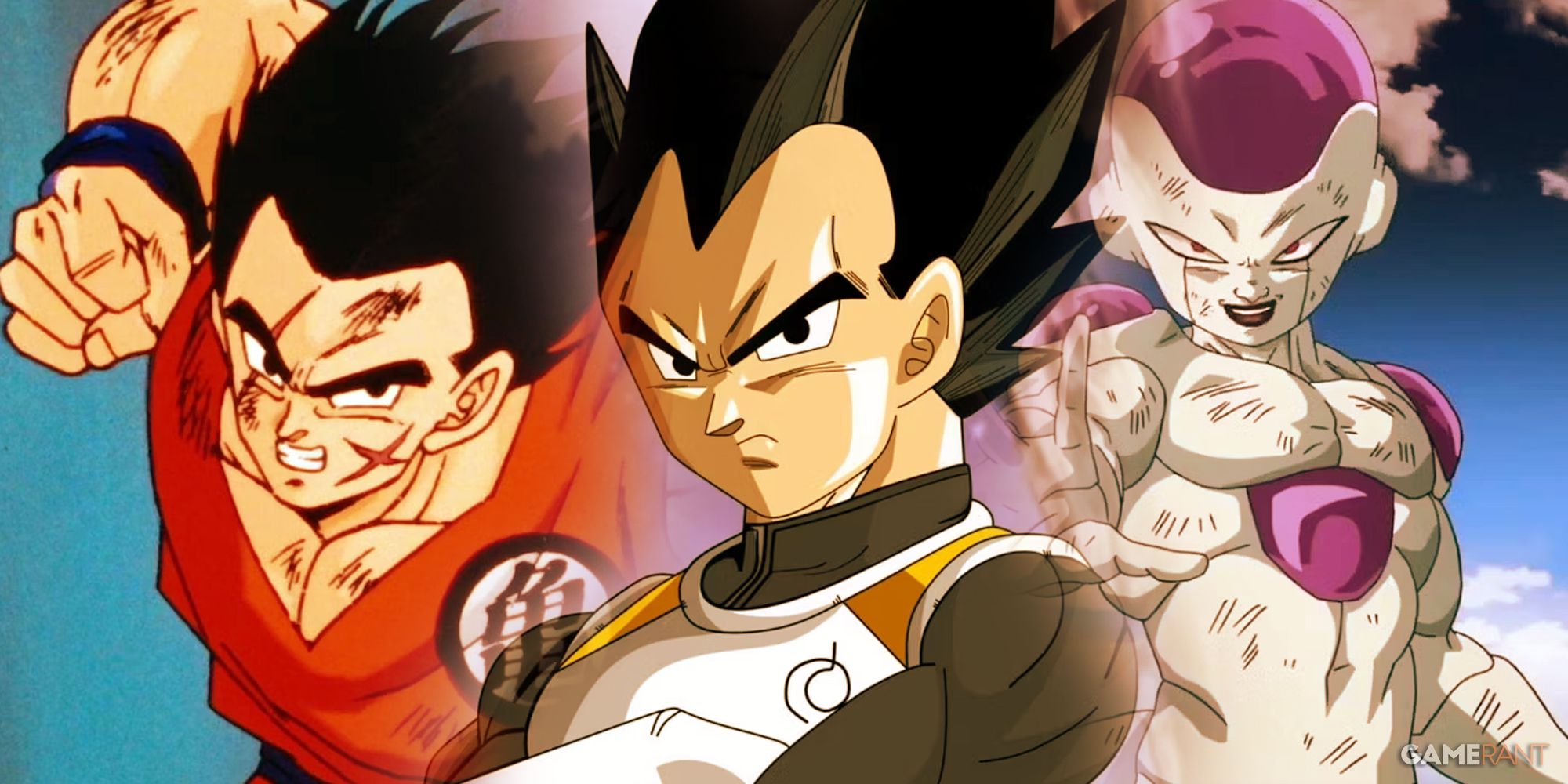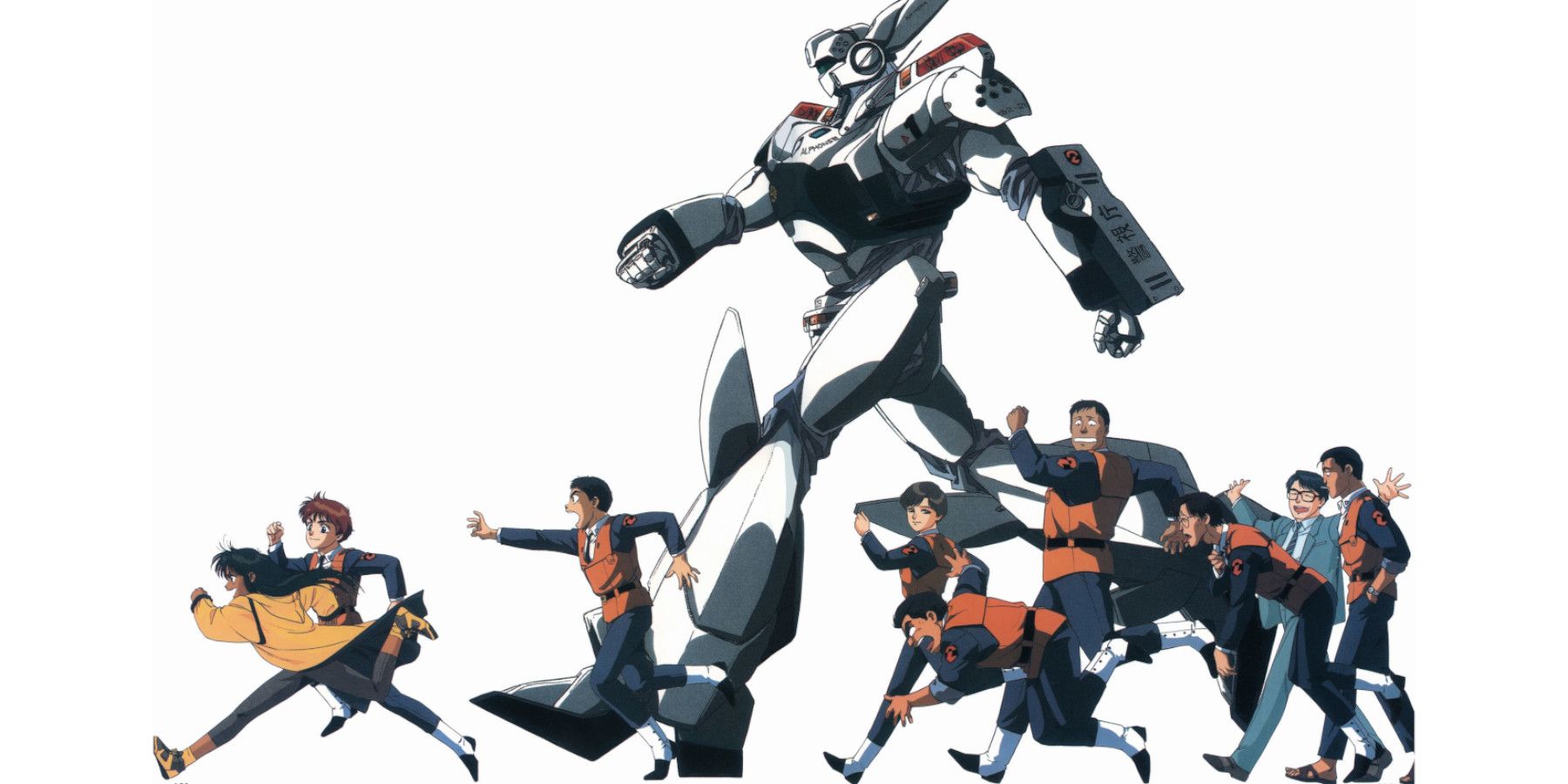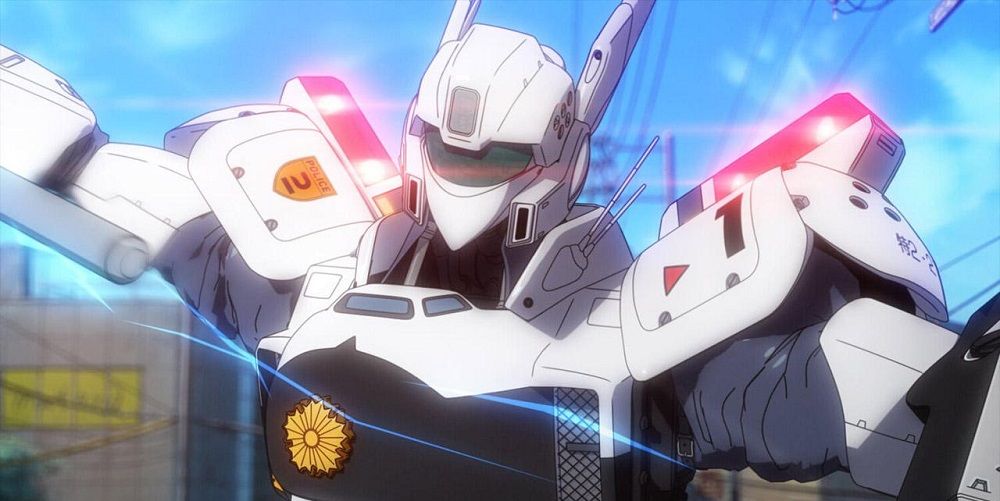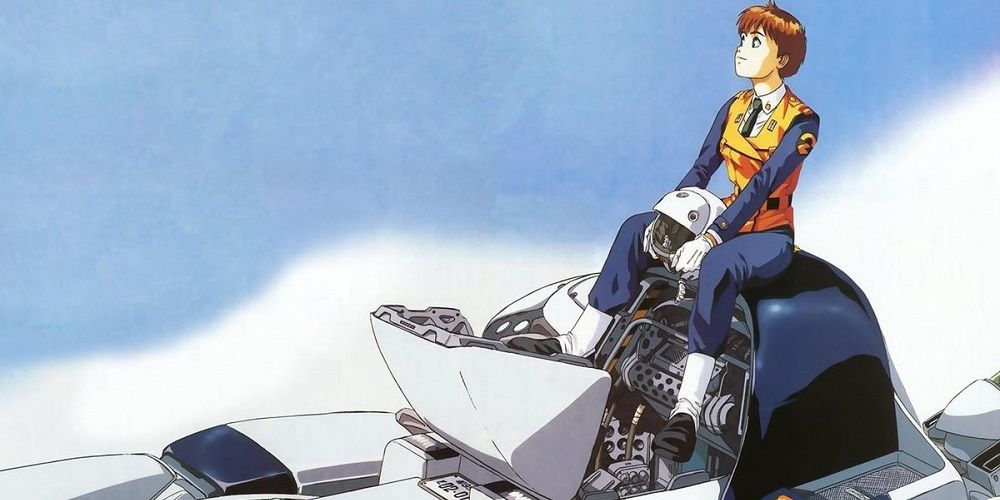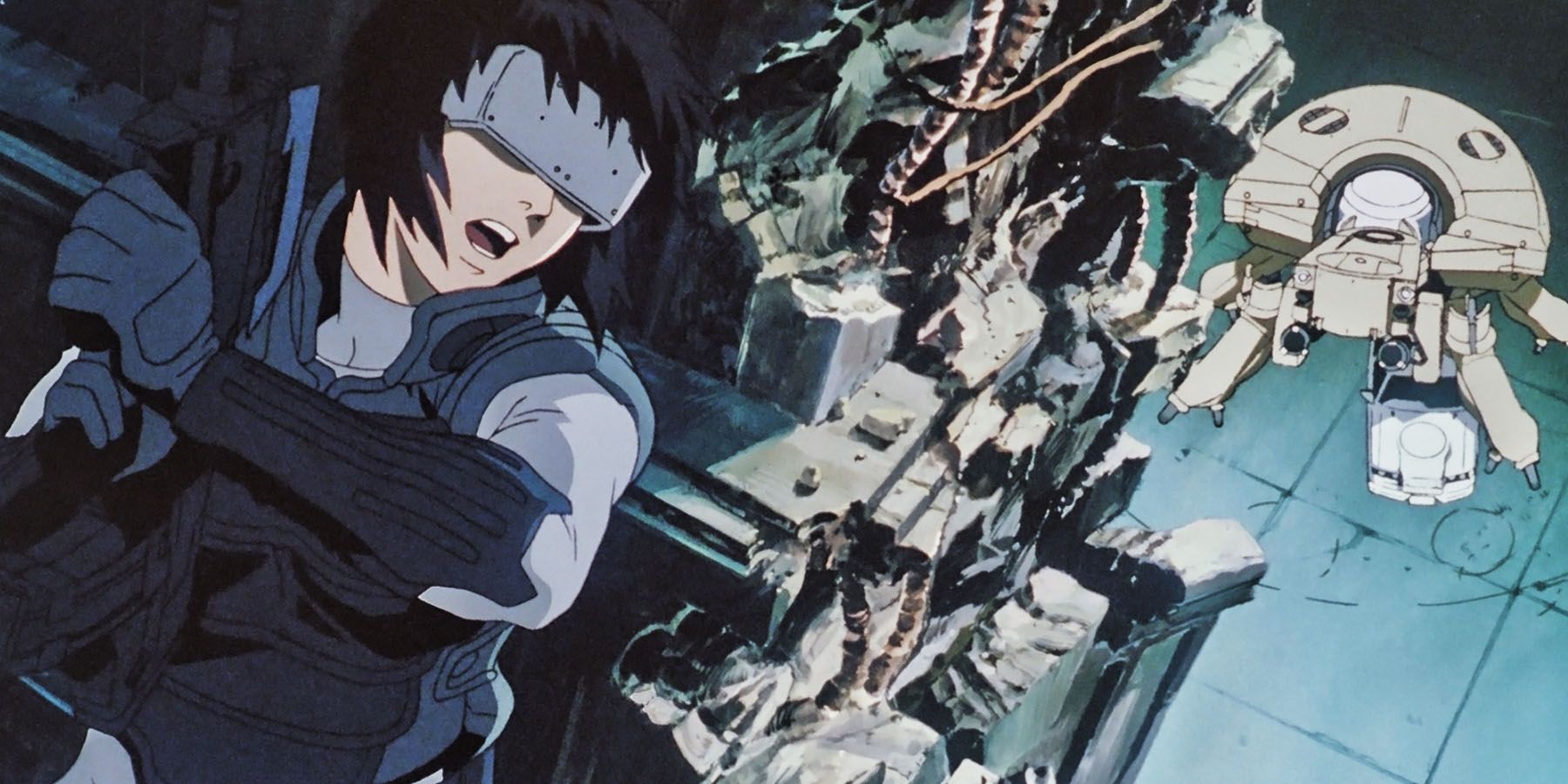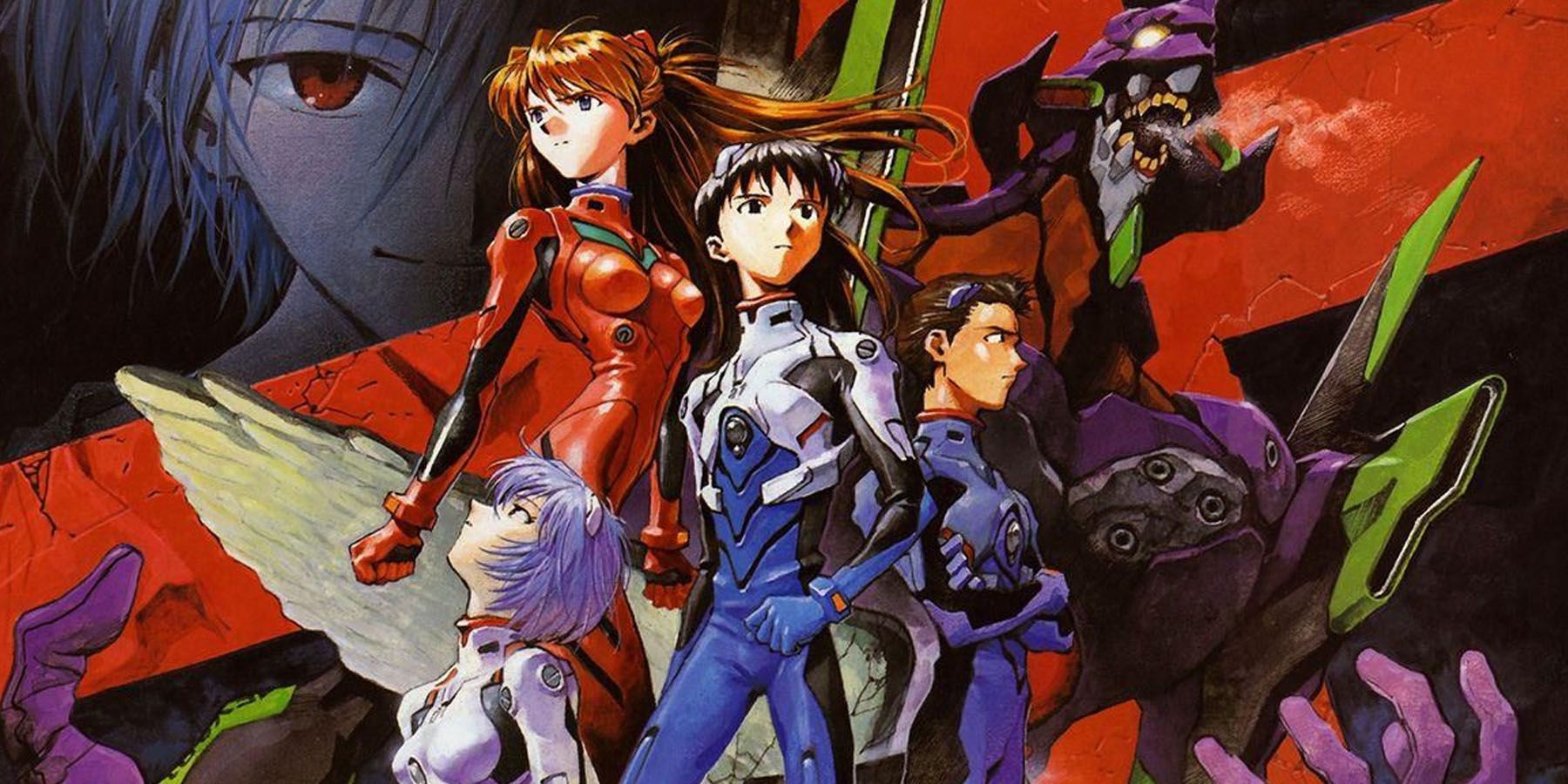For as much as science fiction can push the boundaries of what is thought possible and probable, there is an appreciable commitment in classic sci-fi to make these futures feel particularly tangible. The ways this is achieved are varied, but for Mamoru Oshii, it was about reminding audiences that these sci-fi futures can be just as boring as real life.
Mobile Police Patlabor is an anime franchise that began as an OVA in the late 80s before spawning a TV series and several film sequels. It tells of a future where mecha are commonplace, but adopted within the civilian sector for construction as "Labors", leading to instances of "Labor crime" and hence police units that utilize Labors. Calling the world boring sounds harsh, but it isn't meant to detract from this series' and merely to give context to its storytelling and its brand of humor. So much of science fiction is about creating futures with technology and going "look how awesome this is!" But Patlabor's world doesn't inspire the same wanderlust, mostly by design.
A Reality Check
The entire appeal of Patlabor stems from how it is a mech series entirely about why the invention of mecha wouldn't suddenly make the world crazy cool and amazing. In fact, it would just be another technology assimilated into the very complex world we live in now. And this is now more evident than in the first episode of the OVA.
Isao Ohta, one of the members of the unit and an unprofessional trigger-happy buffoon, makes a request to have some firing practice with the giant revolvers used by the Labors. But Gotou, the captain, explains in excruciating detail why they can't. For one thing, they don't even have enough Labors for the unit at the beginning.
Even if they did, guns could only be tested at the firing range, which the JSDF (Japan Self Defense Forces) has reserved for the foreseeable future. Even getting ammunition would require an application and a waiting period. It goes on, but the fantasy one expects of typical mech action and even just a police story, is shattered.
Daily Lives of Mech Police
There is still action, of course, as the impetus for there being a Patlabor unit is predicated on a rise in mech-related crime. The officers of this unit work together to stop rampaging mecha, bomb threats, rogue software corrupting machinery, and other threats. But it's the attitude and the lighthearted nature in which this series goes about these stories that make it feel distinct.
Japan is a much different country from America after all, so its portrayal of police, crime, law, and order is different. Japan is a country with a far different terrain in terms of crime, creating the sense that the protagonists are bored civil servants on call if and when something out of the ordinary occurs.
When things do go awry, they spring into action and respond with a diverse team with various skillsets, as expected of any police ensemble. However, characters like Asuma have a keen eye and tend to go searching for lead, unveiling larger, more complex threats. In the first film, said threat was a manufactured error that caused Labors to go berserk.
A Future Inspired By The Present
Something shared between Patlabor and Oshii's other work on the Ghost in the Shell series, is how the threats of the future stem from the fears in the present. This is a factor that has contributed to a lot of great science fiction, but in the case of Oshii's work, only half of the draw is about technological advancements that might happen. It's about politics or philosophy that is compelling absent of its relation to sci-fi framing.
Patlabor 2 is widely considered the best film and probably the best part of the series, where a terrorist group orchestrates a coup within the military among other plays at civil unrest. It's been well documented and dissected in essays how this film's story is heavily inspired by Japan's political history, notably its post-war politics and the unease which permeated the country.
There are few science fiction stories that tether themselves to reality quite in the same way that Patlabor does, almost to the point of limiting its appeal to audiences. It isn't the most conventionally exciting and to those uninterested in the historical context or political drama, the nuance might fall flat. However, to say that it is intentionally "uninteresting" would be a disservice.
There is plenty about Patlabor that draws the eye, notably in its artwork which is some of Production I.G.'s best mechanical animation and designs ever, courtesy of Yutaka Izubuchi. Patlabor 2's art direction is a special case, notably in how the film is lit far more realistically. Lights hit characters more dramatically, almost washing them out, giving the film this eerie look.
One of the tensest scenes in Patlabor 2 was a simple scene of a command room coordinating planes to intercept three unknown aircraft heading toward Tokyo. With just Kenji Kawai's score, the detailed artwork, and the performances, this unknown threat creeping toward a city builds suspense, until the characters and the audience are left with even more questions in the end.
Other Grounded Sci-Fi Anime
If Patlabor's methods of realistic world-building are intriguing, then there are plenty of other anime that use similar tricks to get across a similar effect. The biggest one being Ghost in the Shell, which Oshii also directed in 1995 and again in 2004.
Oshii's depiction of Ghost in the Shell is a lot more serious than the manga, which some would consider a flaw, but it is certainly a world that feels like you can reach out and touch it. The TV series, Stand Alone Complex, had a way of treating its grand concepts as common knowledge within that world whereas other sci-fi stories tend to treat its concepts as mind-blowing.
Mamoru Oshii didn't direct or write SAC, but he did contribute the story concept for its second season, which was far more tense and political, revolving around fake news and a refugee crisis. It's aged remarkably well as many of its plot points would later parallel real-world events with frightening amounts of accuracy.
Outside the more grounded sci-fi series, shows like Evangelion managed to raise their stakes by emphasizing the limits of humanity and juxtaposing their ingenuity and tenacity. Just as Patlabor explores the limits of its police unit being able to get guns and ammunition, Evangelion utilizes the limitations of battery capacity in Evangelions and Nerv's budget constraints to create tension.
It would first seem like good sci-fi is about thinking outside the box, but in truth, some of the best parts of any fantasy come from how it can relate to the real world. Sometimes what stares back at us is frighteningly real, and sometimes it's entertainingly relatable, but these tricks are valuable in creating stories that stand the test of time.
